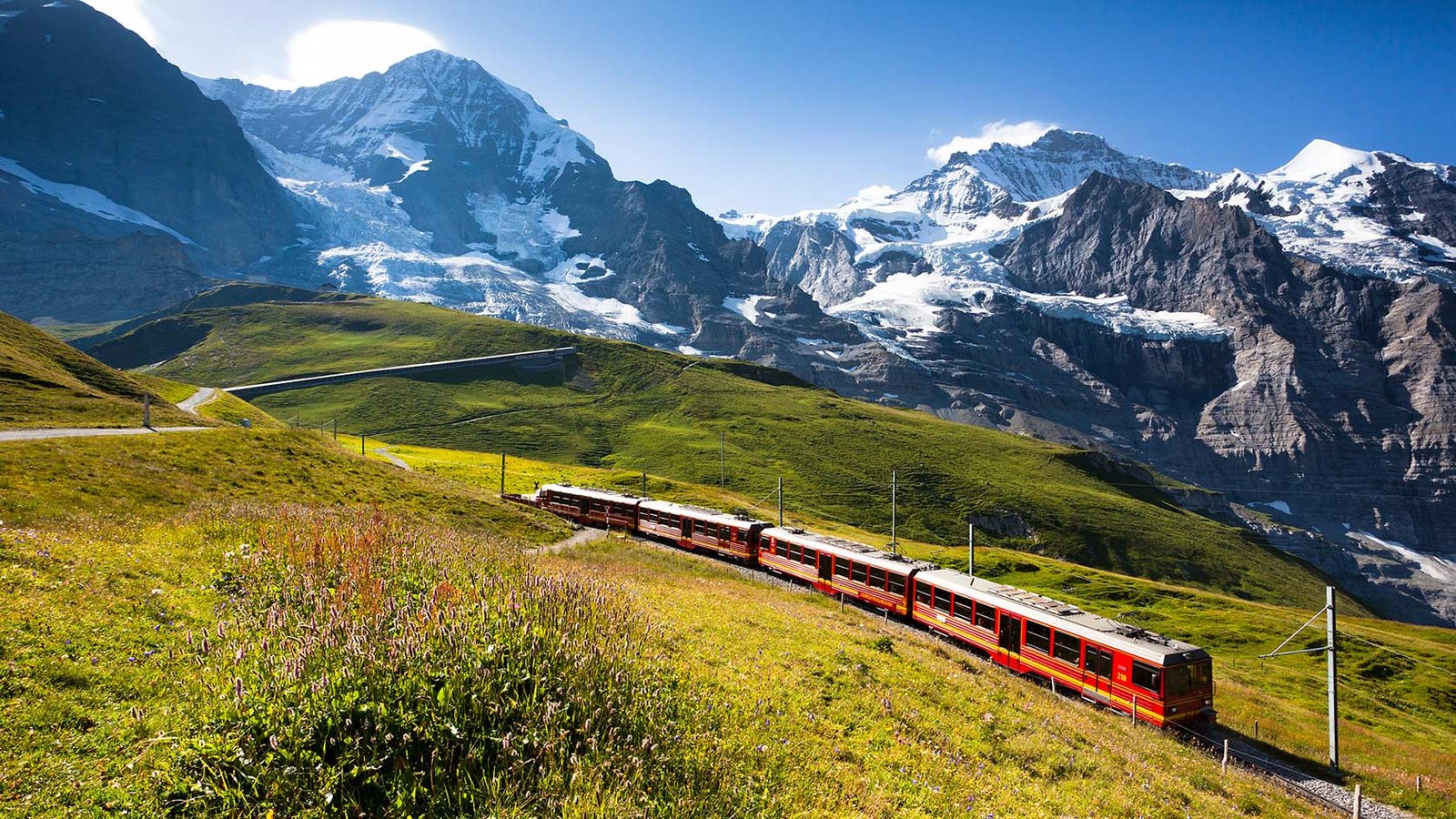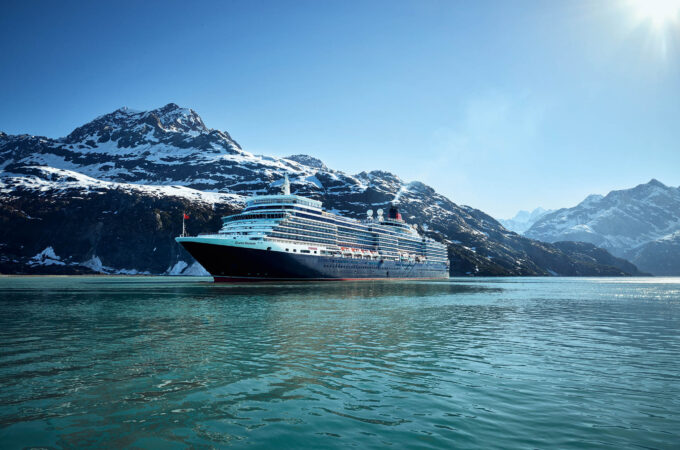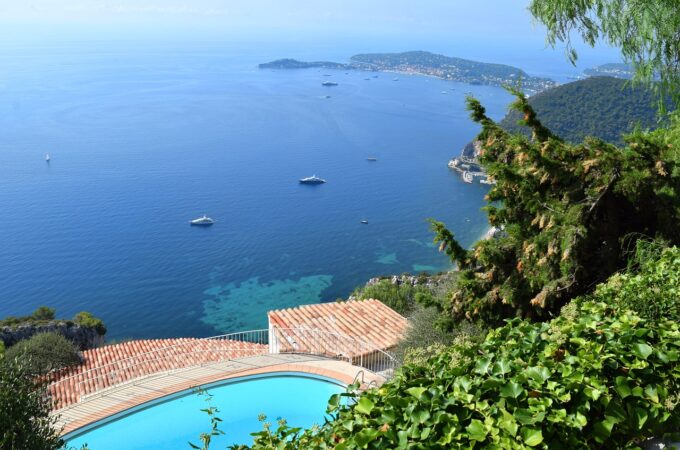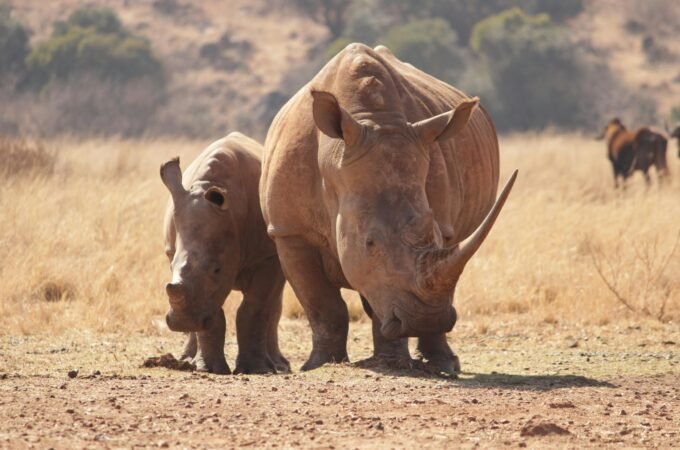
Top Places To Travel In Switzerland
Switzerland is a small country that sits smack dab in the middle of the Alps, making for 360-degree scenery wherever a person finds themselves. Numerous lakes also add to the picture postcard look of this country, whose most famous citizen may have been the fictional Heidi. From banks to bucolic alpine meadows, Switzerland has it all. An overview of the top places to travel in switzerland.
Top Places To Travel In Switzerland
Bern


Bern is a picturesque medieval city with a history that dates back to the 12th century, though it did not become a part of the Swiss Confederacy until the 16th century. Its most famous attraction is the Zytglogge, an ancient clock tower with moving puppets. Other popular sites include the Munster, a Gothic cathedral that rises from the old town, and its town hall. The bear is the symbol of Bern, with several being kept in an open-air pit. Shoppers will appreciate the old town that boasts four miles of arcades, making it one of the longest covered shopping areas in Europe.
Lucerne


Lucerne, located in the German-speaking section of Switzerland, is a city that has it all: city life, a lake and mountains. Considered one of the world’s prettiest cities, Lucerne is most famous for its 14th century Chapel Bridge and Water Tower, which is said to be the most photographed monument in Switzerland. Another famous monument is the Dying Lion, which was carved out of rock to honor Swiss mercenaries who died in France in 1792. Hungry visitors may want to try Luzerner Chügelipastete, a local specialty made from puff pastry, veal and mushrooms doused in a cream sauce.
Lake Geneva


One of the largest lakes in Europe, Lake Geneva lies on the course of the Rhone river on the frontier between France and Switzerland. Aside from the city Geneva most destinations in the Lake Geneva region are in either the Swiss canton of Vaud or the French department of Haute Savoie. The geography is varied, with the Jura mountains in the north, a hilly plain in the center and in the southwest the Alps. The main attractions here are the elegant cities and towns surrounding the lake, the opportunities for skiing and hiking in both mountain ranges, and of course the lake itself.
Lugano


Lugano has been nicknamed the “Monte Carlo of Switzerland,” because of its growing popularity with celebrities. The city is located on Lake Lugano, in the Italian speaking section of this alpine country. Lugano, which is blessed with warm summers, dates back to the 9th century. The city is home to a large number of Swiss heritage sites, including three cathedrals, two libraries and several museums. Home to numerous financial institutions, the city also hosts an annual classical music festival, the Lugano Festival, in the summer.
Jungfrau Region


The Jungfrau Region is one of the best places to visit in Switzerland, both in summer and winter. A century or two ago, this Alps region was only visited by hard-core adventurers who wanted to ski or climb through the mountains. Now, thanks to an extensive network of railways and well-maintained foot and bike paths, the area is accessible to many types of travelers. The Jungfrau Region consists of four picturesque towns: Grindelwald, Murren, Lauterbrunnen, and Wengen, and three imposing mountains: Eiger, Mönch and Jungfrau. One of Switerland’s most scenic rail trip, the Jungfraubahn takes visitors from the Kleine Scheidegg mountain through the Eiger and Mönch up to the Jungfraujoch.
Zermatt


Zermatt is a small town that is famous for skiing and mountaineering due to its proximity to the Matterhorn, one of Switzerland’s highest mountains. Cable cars whisk skiers up surrounding mountains in the winter and hikers in the summer. Zermatt is a good town for walking to various sites, since gasoline-driven vehicles are not permitted; any vehicles within the city limits must be battery-operated. Fortunately, for visitors, it takes 30 minutes or less to walk between sites. The town is accessible via scenic train routes that connect it with the outside world.
Zurich


Switzerland’s largest city, Zurich, will appeal to travelers with an interest in culture since it boasts more than 50 museums and over 100 art galleries. When visitors get tired of shopping for internationally famous Swiss brand-name goods, they can take a boat ride on Lake Zurich or go hiking in the nearby mountains. The city also boasts an impressive number of clubs for travelers who enjoy going out at night. Not to be missed is the Swiss National Museum, located in a fairytale castle, it is dedicated to Switzerland’s cultural history.
Geneva


Geneva is a city where international influences reign supreme. It is home to the International Red Cross Committee and the European headquarters of the United Nations, as well as 20 other international organizations. Environmental travelers will enjoy the fact that Geneva is a “green” city, with 20 percent of its land devoted to parks, earning it the nickname of “city of parks.” Top sights include the Cathedral of St. Pierre where John Calvin gave famous sermons, and the United Nations headquarters. Geneva also is a good city explore by bike or rest weary feet by taking a boat ride on Lake Geneva.
Lausanne


Athletes with Olympic aspirations may enjoy a visit to Lausanne, a scenic city that is the second largest on Lake Geneva, as it is home to the International Olympic Committee. Lausanne also is the gateway to some of the world’s best ski slopes. A part of the Swiss Riviera, Lausanne has been popular with writers over the centuries, include Lord Byron, the Shelleys and Ernest Hemingway. Located in the French-speaking sector of Switzerland, Lausanne boasts an impressive cathedral and wonderful outdoor markets.
Interlaken


Interlaken used to be known as a watch making center, but today it’s more popular as a tourist resort. Tourists started coming to Interlaken in the early 1800s to breathe in the mountain air and partake of spa treatments. Its popularity only grew from there. Offering spectacular views of three famous Swiss mountains, the Eiger, the Jungfrau and the Monch, the city is also a popular base camp for outdoor acitivites in the surrounding Bernese Oberland Alps. Travelers looking for something different to do might want to sign up for a class or two at a woodcarving school. Hungry tourists may want to try raclette, a classic Swiss dish made from cheese.
Matterhorn


The famous Matterhorn is an iconic emblem of the Swiss Alps. The mountain derives its name from the German words Matte, meaning meadow, and Horn, which means peak. With its 4,478 meters (14,692 ft) high summit, lying on the border between Switzerland and Italy, it is one of the highest peaks in the Alps. It is also one of the deadliest peaks in the Alps. From the first time it was climbed in 1865 to 1995, 500 alpinists have died on it. The Matterhorn’s faces are steep, and only small patches of snow and ice cling to them while regular avalanches send the snow down to accumulate on the glaciers at the base of each face.
Château de Chillon


Chillon Castle (Château de Chillon) is located on the shores of Lake Geneva. For over four centuries, the water castle was the main fortress that monitored water freight on the lake, and guarded the land route to St Bernhard Pass. The castle boasts art from the 14th century, subterranean vaults, 25 separate buildings with three courtyards, and two circular walls. Hundreds of thousands of guests each year tour the castle. For those who dream of the ultimate big fairy tale wedding, the castle can be privately rented for personal events.
Jungfraujoch


The Jungfraujoch is a col in the Bernese Alps accessible by railway, ending at Europe’s highest mountain station. Highlights include views of spectacular mountain summits like the Eiger, Monch, and Jungfrau, and views of the large Eiger Glacier that nestles below them. The Sphinx observatory, one of the highest astronomical sighting stations in the world, is located here as well. Views are endless and pristine, though amenities are small. There is no place to stay overnight, and just a handful of restaurants. The train trip to visit for a day and the experience are, however, unforgettable.
Chapel Bridge


The Chapel Bridge is a 204 meter (670 foot) long bridge crossing the Reuss River in the city of Lucerne. It is the oldest wooden covered bridge in Europe, and one of main tourist attractions in Switzerland. The covered bridge, constructed in 1333, was designed to help protect the city of Lucerne from attacks. Inside the bridge are a series of paintings from the 17th century, depicting events from Luzerne’s history. Much of the bridge, and the majority of these paintings, were destroyed in a 1993 fire, though it was quickly rebuilt.
Bernina Express


The Bernina Express is a brightly colored scarlet train that crosses the Alps beginning in the town of Chur and ends in Tirano, just across the border in northern Italy. Arguable the most scenic Swiss train ride, the route takes about 4hours, and goes over 196 bridges and through 55 tunnels. Views of glaciers and mountain peaks and towns, bridges spanning across 60 meter (200 foot) drops and many more breathtaking sights are speeding by outside of the train, while porters bring snacks and drinks directly to your seat. This is not a trip to miss.
Zytglogge


The clock tower gate in Bern is the oldest city gate in town, and is a great historical site. The gate was built in the 1100s, and the clock that graces the tower is one of the most spectacular and oldest clocks that can be visited anywhere in the world. Built in 1530, this clock was the city’s master clock for centuries. The Baroque style with gold accents is a beautiful picture for both amateur and professional photographers. The tower boasts an astronomical clock, figurines, hour chimes, and two tower clocks that are all driven by a single central mechanism. This is one of the items that has secured Switzerland as one of the premiere clockmaking regions in the world.
Rhine Falls


Rhine falls, near Schaffausen, is Europe’s largest waterfall. This amazing sight can be reached via a boat tour, which will also show visitors to Switzerland the lovely basin, riverside castles, and spectacular boulder perched in the middle of the river at the top of the falls. There are viewing platforms that reach out over the falls and allow guests to feel like they’re hovering directly above. A children’s playground, historical museum region and adventure trail make the visitor’s center a wonderful way to cap off the trip.
Grindelwald


The mountain town of Grindelwald is the largest ski resort town in the Jungfrau region. This lovely alpine town is both a summer and winter activity region. Tourists who visit in the summer can enjoy spectacular hiking trails and some of Europe’s most loved rock climbing locations. Winter tourists can ski or even try the local toboggan run. A number of locally accessible mountain peaks and passes makes this a beautiful choice for photographers and nature lovers alike. Festival lovers will love the ice sculptures at the world snow festival.
Jet d’Eau


This giant water fountain is one of Geneva’s most famous landmarks. Shooting 140 meters (460 feet) into the air, the Jet d’Eau sits where Lake Geneva empties into the Rhone river, and is so large that it can be seen from miles away. At any one time, 7 tons of water is in the air, much of which sprays spectators on the pier beneath. Two or three times a year it is illuminated pink, blue or another color to mark a humanitarian occasion. The local swimming area, known as the Bains de Paquis, is one of the best areas to view the fountain.
Mount Pilatus


Mount Pilatus in the Lake Lucerne region is full of legends. The name of the mountain comes from a rumor that the famous biblical Roman governor Pontius Pilate may have been buried there. Medieval Europeans believed that the mountain formed as a dragon rock falling from the sky. The 2,100 meter (7000 foot) peak offers views of the Swiss and French Alps, as well as Lake Lucerne below. The winter boasts a high-altitude Christmas market, and the summer offers hiking opportunities galore. This region can be reached with the steepest railway in the world, boasting grades over 48%.




